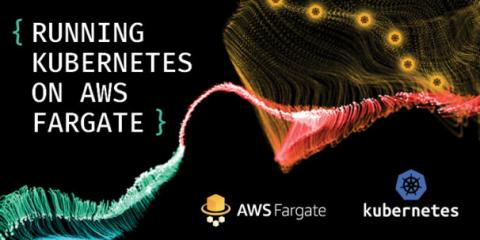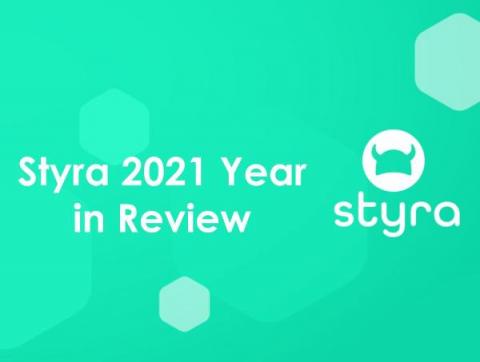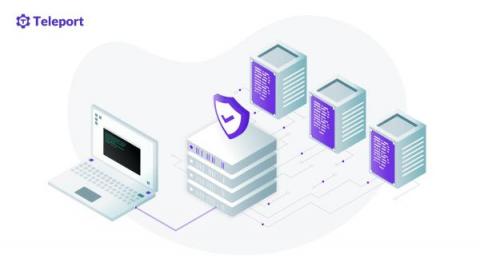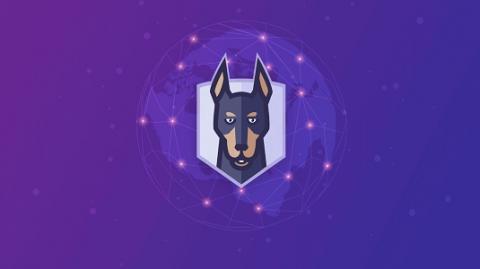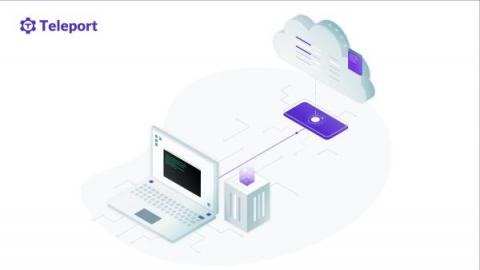Running Kubernetes on AWS Fargate
For the last decade, AWS has dominated the cloud computing space with a plethora of cloud services. One of AWS’ great innovations was AWS Fargate, their first containers as a service (CaaS) offering. Prior to the introduction of Fargate, those building in the cloud were forced to choose between IaaS paradigm-focused containers or FaaS-focused serverless functions.


